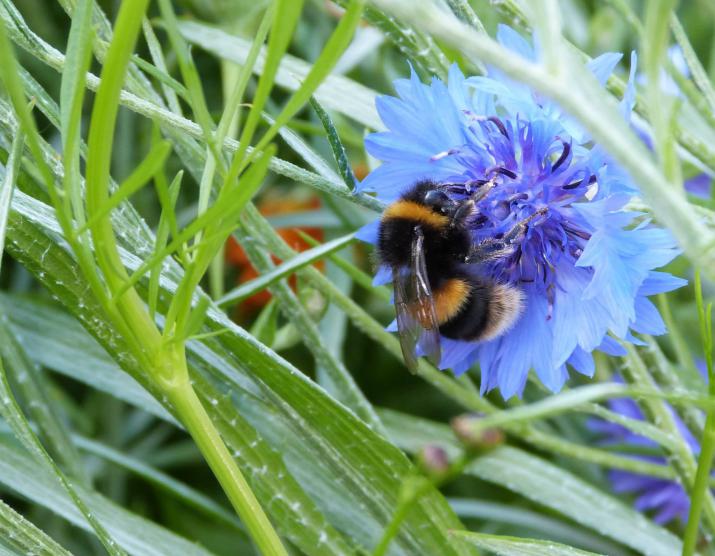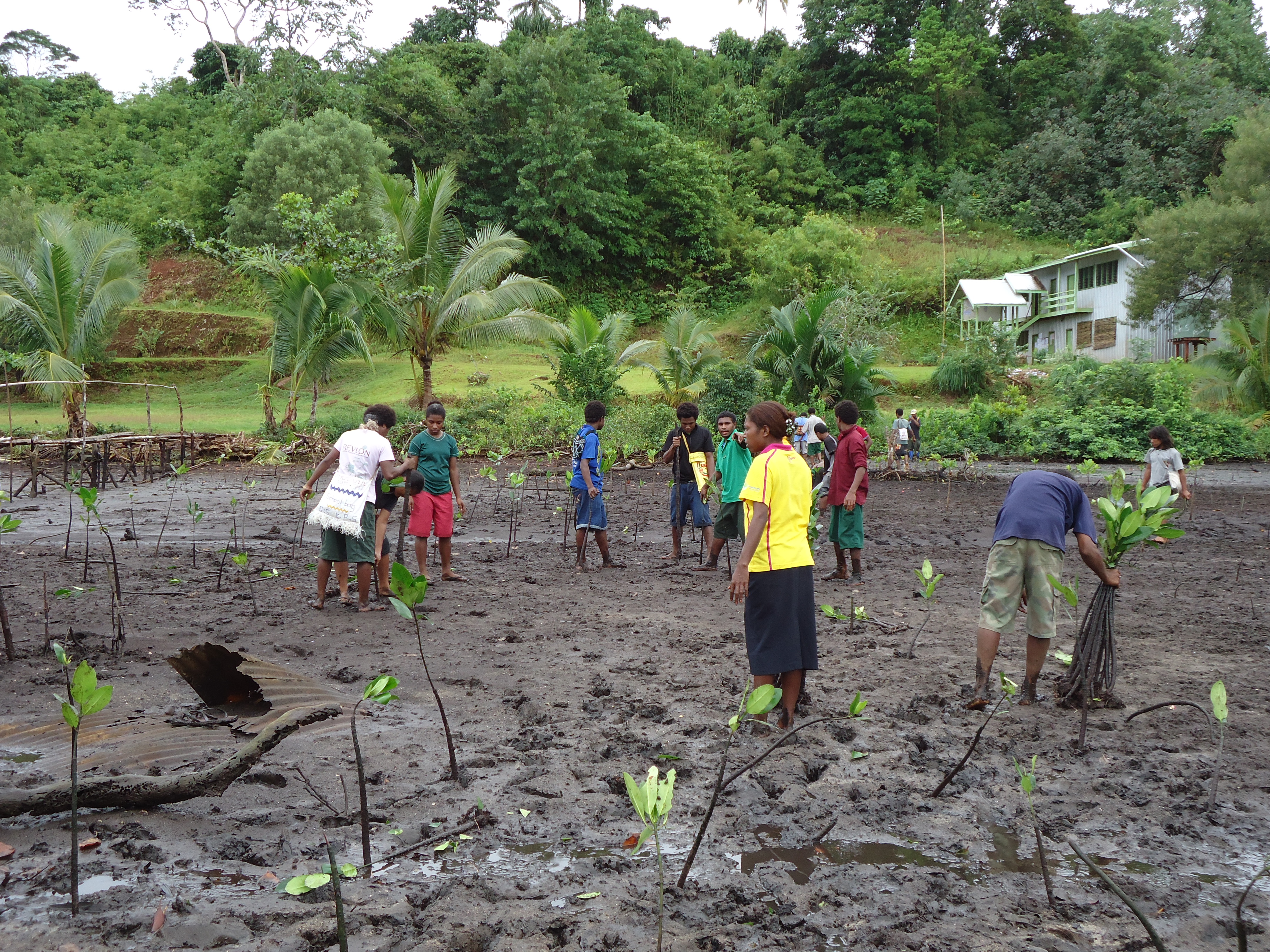
Bad medicine
Would you trust a doctor who prescribed you an untested drug? No? That seems pretty sensible. So why in conservation is the use of science so low? In medicine, systematic reviews of the scientific data have highlighted important medical results such as lethal side effects of certain drugs, or widely prescribed treatments turning out to be ineffective. Conservation scientists publish thousands of research papers every year, many of which contain results that could improve conservation; but the information they contain is often hard to find, locked behind paywalls, full of technical jargon and immensely time-consuming to read (not to mention that many papers could do with being more targeted to practitioners’ needs). This means that conservation practitioners miss out on vital knowledge that could improve the way they manage species and habitats.
Talking ‘bout a revolution
Of course, conservation is in many ways messier and complex than medicine. It deals with multiple aims, multiple species and a wide range of habitats rather than a single type of animal (us). However ‘messy’ social science fields such as international development, crime reduction, and education, which also struggle with multiple goals and location specific variables, are increasingly managing to integrate evidence into decision making processes. Globally, there is talk of an ‘evidence revolution’, with governments in many countries setting up ‘What Works’ centres to collate and in some cases generate evidence for a variety of policy areas. This is helping to make all sorts of fields more effective at what they do, and saves precious resources from being wasted on ineffective strategies.
Another brick in the wall
In conservation, the evidence revolution is now starting to gain ground. Set up in 2004 by Professor Bill Sutherland of the University of Cambridge, Conservation Evidence provides summarised scientific papers, grouped by the conservation interventions they evaluate, in a free and searchable database. Conservation Evidence gathers these interventions as synopses on certain taxa, ecosystems or topics. So far, synopses have been written on the conservation of bees, birds, bats, amphibians, and forests, as well as on sustainable aquaculture, soil fertility, natural pest control and farmland conservation (in Europe). Each synopsis is available to buy as a book, to download for free as a PDF or as a part of the searchable database, giving many options for access.
Interventions are scored by experts for how well they’ve worked and how good the evidence is, with the scores published as a book entitled What Works in Conservation and also online. Over the next couple of years, synopses will be added on freshwater invasives, reptiles, carnivores, primates, wetlands, and biodiversity and ecosystem services in Mediterranean farmland – with the aim of eventually covering all taxa and habitats, and updating each synopsis every few years as the evidence base grows. This hugely ambitious project could change the way we do conservation - forever.
Photo Credit: Arison Arihafa
“We want Conservation Evidence to be the first port of call for people involved in implementing conservation actions”, says Sutherland. “People can check and see what the evidence shows, then assess how applicable it is to the system they work on. The next step is for them to monitor the effects of the intervention that they’ve decided to take, and publish it, feeding into a system where we can do more informed and evidence-based conservation.” To complete the feedback loop, Conservation Evidence also has a free, open access journal where practitioners can publish the results of their conservation interventions.
How does Conservation Evidence fit into a landscape approach?
Landscape approaches are a broad church; Conservation Evidence can be used to inform landscape scale conservation in a variety of ways. For example, agri-environment schemes allow some species to move through and occupy otherwise inhospitable agricultural areas, reducing fragmentation over a landscape. Conservation Evidence tackles the concept of agri-environment schemes as a whole, and also breaks the schemes down into specific interventions such as wildflower margins, detailing how well those work overall and for specific taxa such as bees and birds. Collating the data like this makes it possible for those taking decisions – be they farmers, conservationists, ecological consultants or governments – to understand the likely impacts of their actions as specifically as possible, helping them to make the best choice to meet their particular objectives.
When the levee breaks
Rivers and wetlands are another area where Conservation Evidence clearly fits into a landscape level approach, especially as flooding events increase in regularity and severity in the UK. Evidence has already been collated on the biodiversity impacts of actions such as removing flood defences and using environmentally sensitive flood management, and Conservation Evidence has just started an ambitious four-year project to write a wetlands synopsis in collaboration with Tour de Valat. This will gather the evidence on how different conservation interventions impact on overall wetland structure and function.
Welcome to the jungle
The most recent synopsis, published in 2016, contains evidence collated from temperate, tropical and boreal forests on management techniques for forest habitats. These include the impacts of physical techniques such as thinning or logging, along with social elements such as legal or community protection. Different species within the forest, such as mature trees or ephiphytic plants, respond very differently to each management technique. Looking carefully at the evidence for each group can therefore help decision makers pick where and how to manage over a landscape to ensure maximum benefits to biodiversity overall.
Making it better
Conservationists of all sorts will find a lot to interest and perhaps surprise them in Conservation Evidence. Many people are shocked to see how little evidence there is for some commonly undertaken conservation interventions; many things have become accepted because ‘this is the way that they have always been done’. Conservationists, like surgeons or competitive cyclists, should constantly look for every little thing that can improve outcomes – and many are starting to see fantastic results from this sort of thinking. We may not have the biggest budgets in the world, but our collective determination to save the natural world should lead us down a path of relentless improvement. It has to.
Claire Wordley - works at Conservation Evidence, which aims to increase the use of evidence by practitioners. Support is also given to practitioners wanting to test conservation interventions thus adding to the Conservation Evidence project. Prior to this she worked for the RSPB, looking at the evidence base for management options for seabirds in marine protected areas. Claire did her PhD at the University of Leeds under the supervision of Professor John Altringham. She worked in collaboration with the Nature Conservation Foundation(www.ncf-india.org/), and focused on changes in bat species composition and functional diversity between different plantation types, forest fragments and riparian corridors in the Western Ghats of India. Contact Claire at: cfw41@cam.ac.uk
More information can be found in this interview article with Bill Sutherland (the curator) by Natural Environment Research Council.
